Have you noticed that azaleas struggle to grow under a black walnut tree? Or that beans planted near sunflowers never flourish? Those are two examples of combative plants. If you’re interested in companion planting, it’s time to brush up on which plants don’t get along.
The problem with some incompatible plants like black walnut is their negative allelopathy. It’s where a plant produces chemicals that adversely affect the germination and growth of those around them.
Others like corn and tomatoes compete intensely for the same resources. Just like picking places for your guests at a formal dinner party, it’s important to know which plants to separate.

- Combative Plants
- Black Walnut – A Very Combative Plant
- Broccoli
- Brussels Sprouts
- Cabbage
- Carrots – Among the Most Combative Plants in Your Garden
- Cauliflower
- Corn is Combative with Tomatoes
- Cucumbers
- Fennel
- Garlic Hinders Beans' Growth Potential
- Kale
- Lettuce
- Combative Onion
- Peppers
- Pole Beans
- Potatoes – Don't Plant Near Cucumbers!
- Spinach
- Strawberries
- Tomatoes
- Sunflowers
- One Plant You Probably Don't Want at All
Combative Plants
We selected some combative vegetables and other incompatible plants to give you a head start on planning your garden. Group the right vegetables, and you’ll have a bountiful harvest.
Black Walnut – A Very Combative Plant
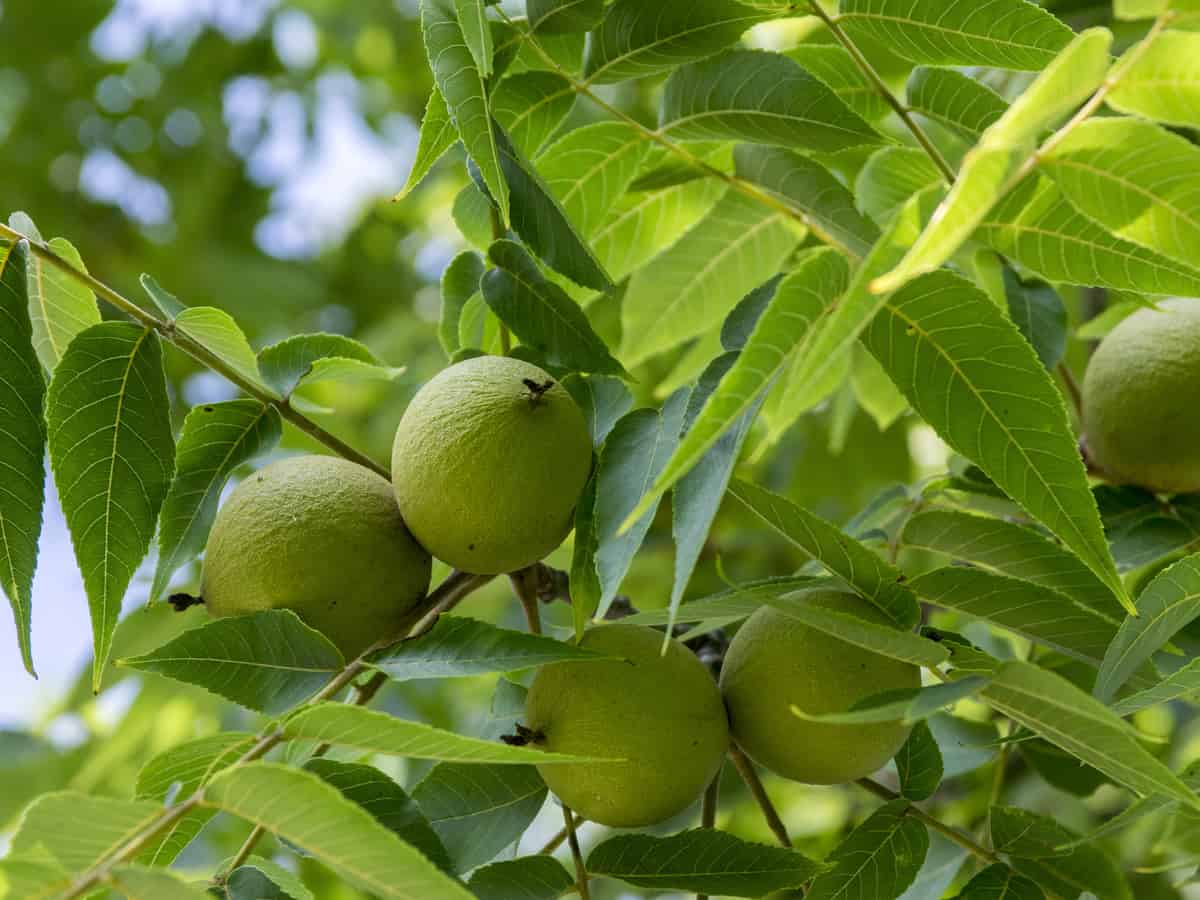
Black walnut trees are a well-know combative plant, even though they are one of the best fast-growing privacy trees. Every part of the tree contains juglone, a chemical that cripples plants like hydrangeas, azaleas, lilies, petunias, blackberries, tomatoes, the many types of eggplant, and corn.
If you have a black walnut tree near your garden, keep in mind that the tree roots could spread underneath the soil and wreak havoc. Plants that tolerate black walnut trees include some flowering trees, tulips, violets, black-eyed Susan, daffodils, honeysuckle, and a few other trees like box elders.
If you chop down a black walnut tree, the roots may still be a problem. If the tree roots have impeded your sewer lines, you can make a do-it-yourself sewer root killer to eliminate the issue.
Broccoli

Broccoli thrives in moist soil between sage, oregano, rosemary, and peppermint. It likes artichokes as long as the artichoke leaves don’t shade it. But it’s not a fan of basil.
And it can cause problems for tomatoes, strawberries, peas, and some kinds of beans. Broccoli needs to be rotated to a new site each year. Otherwise, it builds up toxins in the soil.
Brussels Sprouts

Brussels sprouts are good companion plants for the majority of garden vegetables except for strawberries, tomatoes, and pole beans. The list of friendly neighbors includes celery, beets, cucumbers, onions, dill, turnips, garlic, sage, rosemary, potatoes, spinach, and Swiss chard.
Nasturtiums and marigolds repel squash bugs and other types of pests that afflict Brussels sprouts. At the same time, mustard is a sacrificial plant that protects the shoots by attracting pests away from them. These plants are easy to grow and provide multiple Brussels sprouts on each plant.
Cabbage

When you plant seeds, put cabbage near herbs for autumn, like garlic, dill, mint, thyme, and rosemary. These herbs keep pests like loopers and diamondback moth larvae away from the cabbage. Chard, celery, and spinach make excellent companions, too.

Moreover, both cabbage and spinach perform better in cool weather. Happily, cabbage and potatoes go well together just like they do in soup. But keep from planting pole beans, strawberries, tomatoes, and basil near cabbage in the garden.
Carrots – Among the Most Combative Plants in Your Garden

Carrots don’t get along with celery plants, parsley, dill, or anise and are combative vegetables. This may seem odd since we often cook these together in delicious dishes. But the sage and rosemary are helpful because they repel rust flies.
Companion plants for carrots include beans, peas, lettuce, parsley, onions, and radishes. Legumes like beans and clover add nitrogen to the soil which helps carrots grow bigger.
However, not many people want clover in the garden and are usually looking for suggestions to get rid of clover. Growing peanuts instead is a better idea. Also, chives improve the flavor of carrots and keep aphids away.
Cauliflower
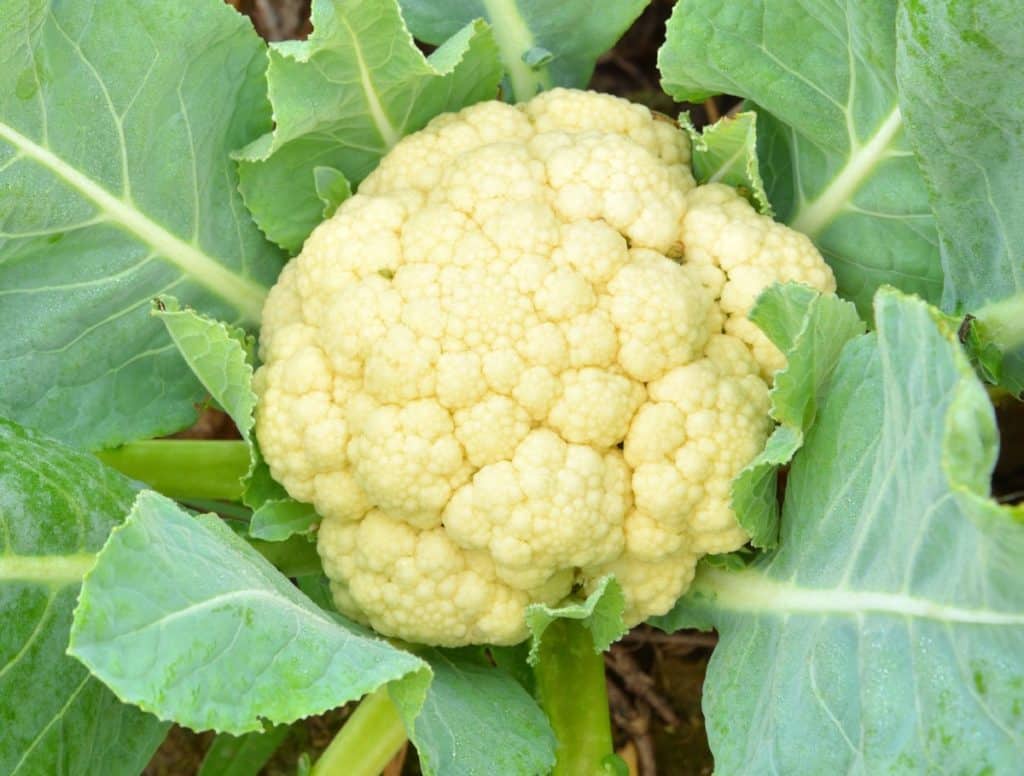
The cruciferous vegetable cauliflower, just like cabbage, doesn’t get along with basil. But it loves other herbs like mint and thyme as well as onions and garlic.
These strong aromas keep pests at bay. What to plant with celery is cabbage since celery repels cabbage worms.
But remember to keep tomatoes and strawberries far away from cauliflower.
Corn is Combative with Tomatoes

Corn, beans, and squash are friends. Gardeners call them the “Three Sisters.” Corn also plays well with pumpkin, cucumber, melon, and potatoes.
Place soybeans nearby, they keep away chinch bugs from the corn. What not to plant with tomatoes includes corn. Be careful when you grow sweet corn, and don’t plant it too near your tomatoes. Corn and tomatoes fight each other for resources like water and nitrogen and neither survives well. They also share pests in common like the corn earworm.
Cucumbers

As much as you may enjoy flavoring cucumbers with aromatic herbs, these are incompatible plants that don’t grow well together. Cucumbers are vegetables that grow fast and you need to keep them away from basil, rosemary, marjoram, and sage as well as late potatoes. The herbs will alter the flavor of the cucumber.
On the other hand, plant cucumber and dill together to attract beneficial insects. Or, place cucumbers beside peas, green beans, cabbages, and radishes. The radishes repel cucumber beetles.
Don’t worry about growing cucumbers and artichokes together. The artichokes won’t shade cucumbers because the cucumbers can climb up towards the sun on the artichoke vines.
Fennel

Fennel prefers to grow by itself. It irritates almost every plant in the garden except for dill. But dill and fennel cross-pollinate, which creates muddled results with altered flavors.
For best results, raise fennel in a container garden. Still, fennel does repel aphids and draws in ladybugs and other beneficial predators.
Garlic Hinders Beans’ Growth Potential
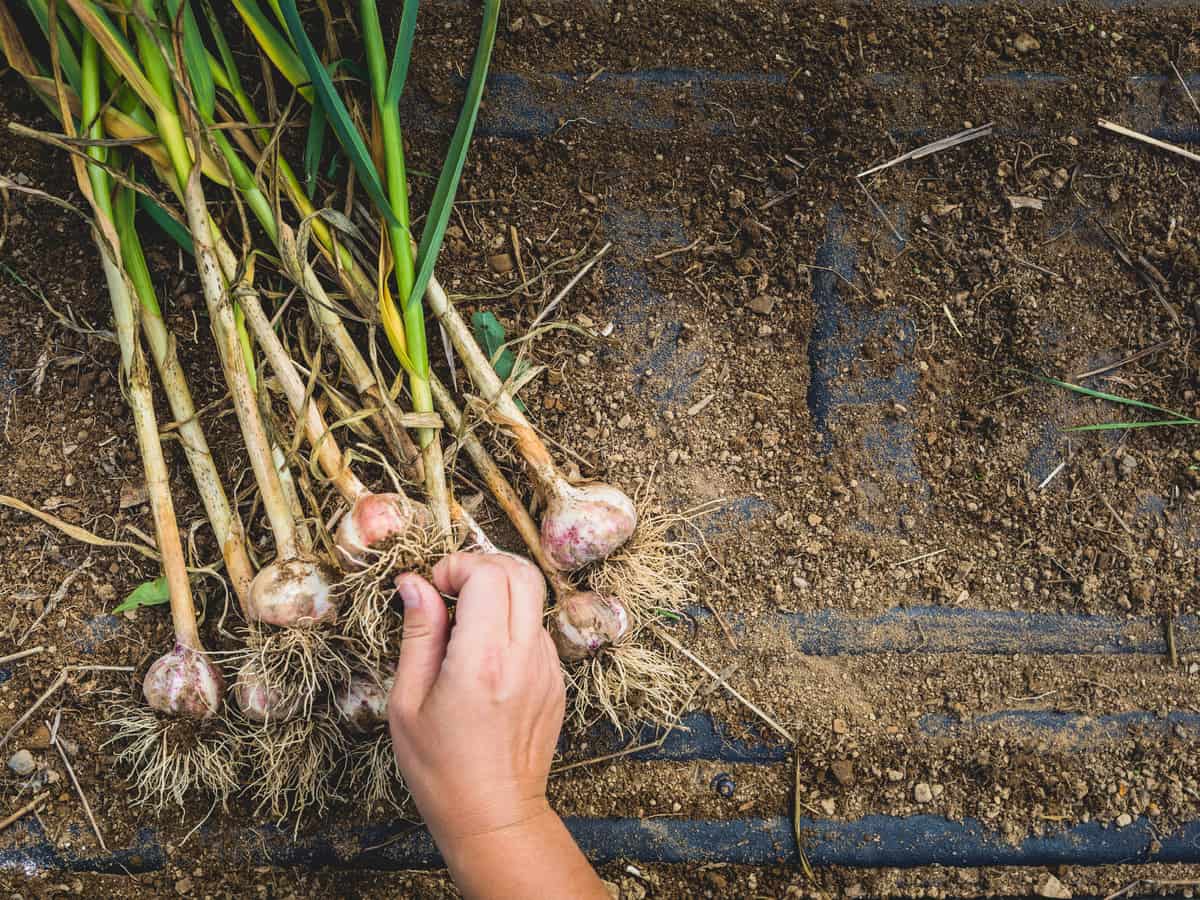
As one of the edible perennials, garlic is easy to grow and keeps giving back year after year. While some people love the smell of garlic, others think garlic stinks, and it is this aroma that keeps pests away.
What to plant with garlic includes tomatoes, cabbages, radishes, and roses. Planting garlic too close to peas and beans, however, does not permit plants to reach their full potential.
Also, don’t plant asparagus and garlic near each other, as they do not mix well at all. Instead, grow garlic near fruit trees and roses, or in areas where it does not compete with other plants for nutrients in the soil.
Kale

Kale is part of the cabbage family. This means that it grows poorly next to tomatoes, basil, and strawberries. But if you are growing kale next to onions, garlic, dill, and aromatic herbs like mint, it flourishes.
The strong-scented neighbors keep pests away without changing kale’s flavor. Additionally, kale flourishes next to nasturtiums and marigolds. Nasturtiums are a trap plant that lures bugs like aphids away from other crops.
Lettuce

Lettuce is part of the daisy family that likes the company of cauliflower, beets, parsnips, and kale. But put lettuce on the other side of your kale if you have garlic and onions.This is because lettuce doesn’t get along with Allium family members, including chives and shallots. It also tends to soften up summer radishes.
As a substitute for parsnips, potatoes preserve well in a root cellar or basement. Preserving your veggies after you grow them is all part of the gardening process.
Combative Onion

We just mentioned the Allium family, which is comprised of onions, garlic, and chives. Odiferous onions do well with carrots, beets, and cabbages nearby.
But they’re incompatible with growing asparagus, peas, and beans. On the other hand, onions are excellent for repelling everything from small pests like maggots up to deer. Allow enough space between onions so they have room to grow.
Peppers

Peppers are members of the nightshade family which includes tomatoes, potatoes, eggplant, and tobacco. Unlike their relatives, peppers are more resistant to diseases and pests.
What to plant with peppers includes radishes, cucumbers, and spinach.
Just don’t plant sweet peppers next to fennel or kohlrabi, and keep a wide gap between hot peppers and beans or cabbage.
Pole Beans

Pole beans grow vines while bush beans resemble shrubs. They fix nitrogen in the soil, which is a bonus for other plants nearby. But, don’t plant them near beets, cabbage, garlic, cauliflower, broccoli, chives, or onions.
Instead, place bush beans between cabbage, carrots, cauliflower, cucumber, potatoes, corn, and spinach. Locate pole beans near potatoes, radishes, corn, and marigolds. For extra protection, place summer savory by pole beans to avoid Mexican beetles or learn how to use neem oil to repel them.
Potatoes – Don’t Plant Near Cucumbers!

Potatoes are relatives of eggplant, tomatoes, and banana peppers. On the downside, they’re prone to many of the same diseases and pests. To eliminate some potato problems, take advantage of companion planting.
Moreover, they don’t grow well near tomatoes, radishes, pumpkins, spinach, cucumbers, or sunflowers. The same goes for growing raspberries from seed, cherries, apples, and birch trees.
But they thrive near beans, corn, peas, squash, eggplant, and cabbages. It’s important to learn how far apart to plant peas and potatoes so they can both grow and spread out. Additionally, locate potatoes near marigolds, basil, and catnip to keep potato beetles and other harmful bugs away.
Spinach

We slipped in a surprise. Spinach isn’t actually combative. It gets along with just about every plant in the garden. It’s especially compatible with cabbage, cauliflower, eggplant, onions, peas, and strawberries. You can even grow celery from seed near spinach with no ill effects.
This relative of Swiss chard and beets grows fast in cool weather like spring and fall. This means you can achieve two harvests per year while maintaining a demilitarized zone between combative plants. Just remember it needs full sun and about a foot of space to spread.
Strawberries

Strawberries will suffer near cabbage or any of the cabbage family including broccoli and kale because those plants attract pests. Put bush beans, thyme, and sage near strawberries for better results. The herbs will protect them. Companion planting for strawberries also includes spinach, borage, and lettuce.
Tomatoes
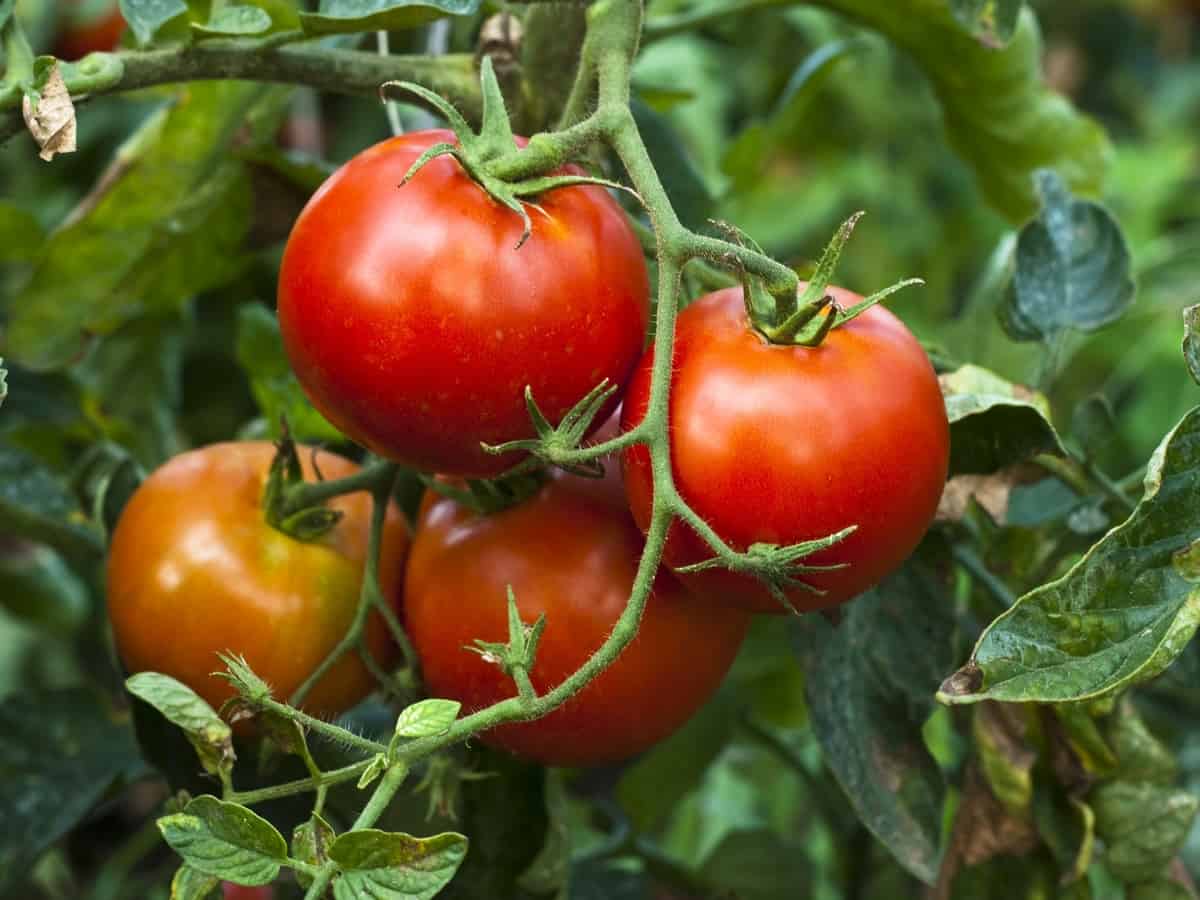
We’ve mentioned tomatoes several times already because they are hostile to several other plants like cabbage, cauliflower, and corn.
Not only do you need to know how far apart should you plant tomato plants, but you also need to know how far apart to keep them from other types of plants. If you place tomatoes near basil, chives, and garlic, you’ll protect them from nematodes and hornworms.
They are also friends with asparagus, mustard, parsley, onions, rosemary, sage, and even stinging nettles. Grow everything you need for pickling in one area, and you’ll have your favorite veggies and herbs year-round.
Sunflowers
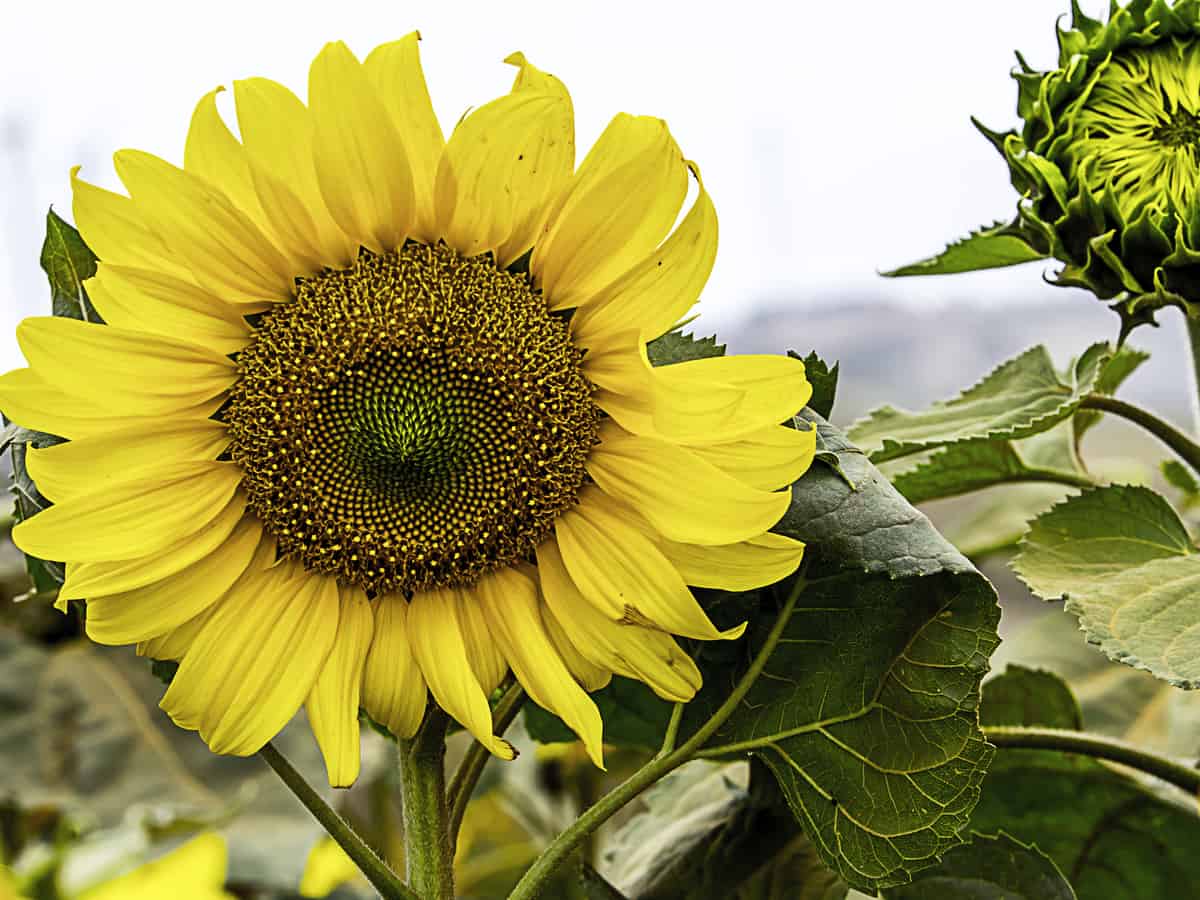
Sunflowers are excellent for weed abatement. But be careful planting them near pole beans and potatoes. Sunflower seeds contain toxins that slow down the growth of those plants.
On the other hand, if you place cucumbers near sunflowers, the flowers shelter the vegetables and provide them with a natural trellis for their vines. To sum up, it’s time to decide what you’ll grow this year and where you’ll plant it. To get you started, here are a few ideas. Grab your graph paper and a pencil to sketch out your thoughts.
At one end of your garden, start with sunflowers, cucumbers, and dill. Nearby, you can place radishes and cabbages because cabbage does well with dill, too. Dill also lures beneficial insects. Then next to the cabbage, raise spinach, the friendly vegetable. Spinach is a convenient buffer plant that helps keep combative plants separate.
One Plant You Probably Don’t Want at All
While duckweed is a pretty water plant, it is highly invasive. Just adding a single plant to your water feature can cause big problems. It’s better not to introduce it at all. However, if you do have a duckweed problem, the best way to kill duckweed is to pull it out by hand.
Think of it as a game, and you might come to love companion planting. By thinking ahead, you’ll prepare for a delightful harvest.

If you found this article helpful, please share it on Facebook and Pinterest, as we enjoy creating new content to support gardening enthusiasts around the world and have enjoyed letting you know about combative plants and how to plan your garden.